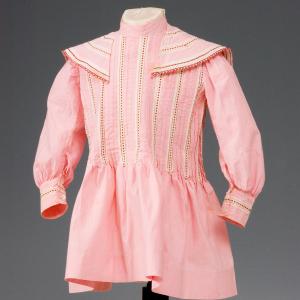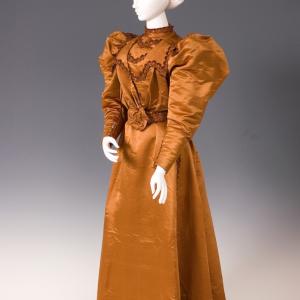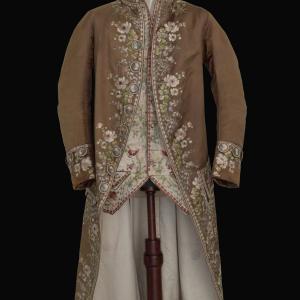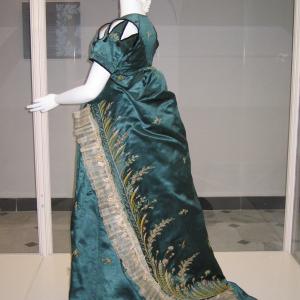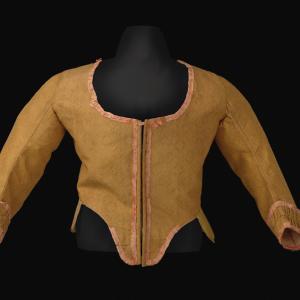The evolution of fashion in European countries is closely linked to historical events, artistic movements and changes in taste and lifestyle. The garments kept in the Textile Collections of the Strada Nuova Museums document an extensive period in the history of our civilization and our European identity. It is a fascinating trajectory that runs from the 18th to the 20th century: from exquisite men's frock coats, beautifully embroidered in the rocaille style, and the tight bodices worn by the ladies of the Ancien Régime, to the Empire dresses of the early 19th century that express the new revolutionary freedoms, and from the wide skirts and their underlying crinolines of the 1860s to the androgynous-style elegant dresses in vogue from 1920, symbolic of a radical change in the condition of women and a reflection of the avant-garde arts.


